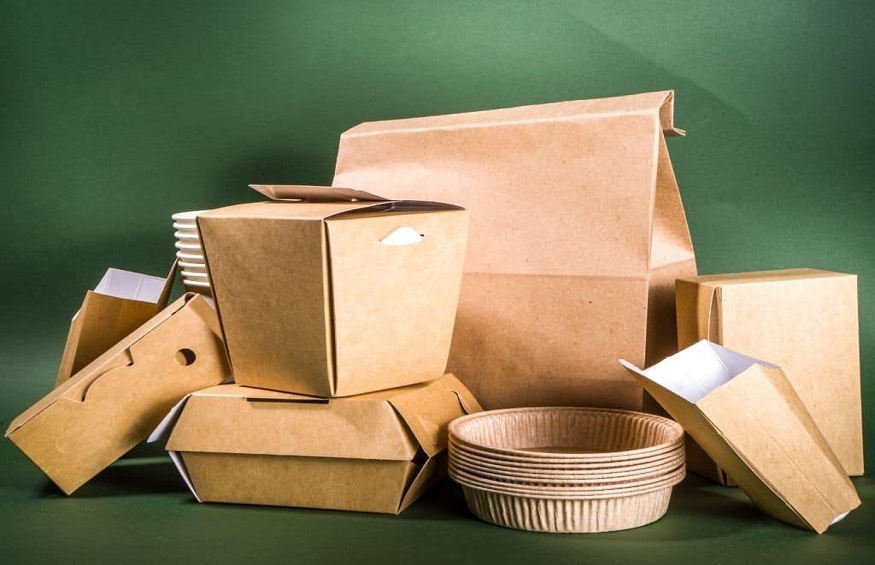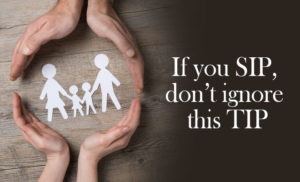Why choose sustainable food packaging?
Introduction
With more people becoming environmentally aware, sustainable practices have become an integral component of business practices across industries. One area where this shift is most evident is food packaging: restaurants, cafes and food vendors now seek eco-friendly alternatives to traditional materials like plastic wrap in order to minimize their environmental footprint. This article delves deeper into sustainable food packaging practices with special consideration being paid to eco-friendly takeaway containers and biodegradable paper cups.
The Plastic Predicament
Our over-reliance on plastic for food packaging has created an environmental crisis. Single-use containers, straws and cups have polluted landfills and oceans while endangering marine life and contributing to pollution. Plastic has long degradation times–often hundreds of years–adding further compounding this environmental problem. Sustainable food packaging strategies must be utilized as soon as possible in order to mitigate this catastrophe.
Eco-Friendly Materials
Eco-friendly takeaway containers are leading the fight against plastic pollution, typically made of biodegradable or compostable materials that will deteriorate into harmless components over time.
- Biodegradable Plastics: These plastics are engineered to decompose faster than their traditional counterparts – typically within years or so. Polylactic acid (PLA), for example, is one such biodegradable material produced from renewable resources like corn starch.
- Compostable Materials: Containers made of sugarcane, wheat straw or bamboo are fully compostable, returning valuable nutrients back into the soil as they break down.
- Edible Packaging: For example, some innovative solutions include edible packaging made of materials like rice or seaweed – eliminating waste completely!
Corporate Responsibility and Supply Chain Sustainability
Businesses’ commitment to sustainable food packaging extends far beyond materials; it includes responsible sourcing practices. As consumers increasingly demand transparency and accountability from businesses, steps are being taken to align packaging with corporate social responsibility goals. Here are some key considerations:
- Supply Chain Traceability: Businesses are employing supply chain traceability techniques in order to ensure the sustainability of packaging materials, from where raw materials originate all the way to understanding production processes and verifying ethical labor practices.
- Local Sourcing: As more businesses opt for local materials to reduce transportation emissions and support local economies, local sourcing contributes to the sustainability of the entire packaging ecosystem.
- Minimizing Waste in the Supply Chain: Sustainable packaging initiatives often aim to minimize waste throughout their supply chains, from reducing excess packaging, optimizing transportation logistics and finding innovative ways to reuse or recycle materials at every stage.
Consumer Trends Affecting Sustainable Food Packaging
Understanding consumer preferences and remaining aware of current and emerging trends are integral parts of being in the food industry. In particular, several consumer-driven trends are shaping how companies adopt more eco-friendly packaging options:
- Plant-Based and Vegan Diets: With more people opting for plant-based diets, demand has surged for eco-friendly packaging to suit these dietary choices. Businesses providing plant-based meals can enhance their eco-friendly image by using sustainable packaging options that align with these choices.
- Zero-Waste Movement: The zero-waste movement encourages consumers to reduce their environmental impact by producing less waste, with businesses catering to this demographic by offering packaging that adheres to zero-waste principles such as reusable containers or with minimal impact.
- Online Food Delivery: With the rise of online food delivery services comes an increased need for packaging that keeps food hot or cold during transportation – this necessitates sustainable insulation materials in order to meet this demand without using traditional plastic foam insulation materials as solutions.
Impact of Sustainable Packaging
As international travel and trade expand, the impact of packaging choices extends far beyond local communities. Businesses recognize this need and have adopted global standards and practices that minimize environmental consequences of their packaging decisions.
- International Collaboration: Due to the global nature of environmental challenges, businesses are increasingly teaming up with organizations, governments, and nonprofits in order to develop eco-friendly packaging solutions.
- Eco-Friendly Packaging Certifications: Global certifications such as FSC (Forest Stewardship Council) for sustainable paper sourcing and Cradle to Cradle for holistic product design are becoming more widely recognised, providing businesses with an assurance that their packaging complies with global sustainability standards.
At its Core: A Sustainable Future
Sustainable food packaging represents an effective and tangible solution to environmental challenges such as plastic pollution and climate change, offering businesses an effective way to contribute towards a greener future. Adopting eco-friendly takeout containers, biodegradable paper cups, and innovative packaging materials is more than a trend – it is an absolute necessity. As consumers become more eco-aware and regulations tighten up, businesses that prioritize sustainability in their packaging will not only reduce their environmental footprint but also gain a competitive advantage. Sustainable food packaging should not just be seen as a responsibility but as an opportunity to positively affect both planet Earth and bottom lines alike.
Education and Advocacy
A key part of driving the shift toward more eco-friendly food packaging lies with education and advocacy efforts from both businesses and consumers. Both can play an instrumental role in effecting change through awareness-raising and activism:
- Consumer Education: Many consumers remain ignorant of the impact that packaging materials have on the environment. Businesses should take the initiative in informing their customers of the advantages of sustainable packaging solutions and the positive effect it can have on sustaining our planet.
- Collaborative Initiatives: Businesses have taken to joining forces with environmental organizations and advocacy groups in advancing sustainable packaging practices, increasing awareness while making real strides toward making real changes within the industry.
- Government and Policy Advocacy: While businesses and consumers can play an essential role in driving change, government policies have an even bigger effect. Advocating for policies that promote eco-friendly packaging while simultaneously decreasing single-use plastic usage is of critical importance.
Sustainable Food Packaging: A Holistic Approach
Sustainability goes far beyond eco-friendly takeaway containers and biodegradable paper cups; businesses must take a comprehensive approach that considers everything from ingredient sourcing to waste management in their operations.
- Local Sourcing of Ingredients: Partnering with local farmers and suppliers can significantly lower a business’s carbon footprint while contributing to a more environmentally sustainable food ecosystem.
- Effective Energy and Water Usage: Adopting energy-saving appliances and practices as well as limiting water usage is another effective way for businesses to reduce their environmental impact.
- Reduce Food Waste: Eliminating food waste is essential to sustainability in the food industry. While sustainable packaging may help preserve quality and extend shelf life, businesses must also strive to minimize food waste throughout their operations.
Conclusion
The urgent need to reduce food packaging’s environmental impact has fueled innovation of sustainable packaging alternatives, including eco-friendly takeaway containers and biodegradable paper cups. As consumer interest in sustainable options increases, businesses that adapt will not only reduce their carbon footprint but will become leaders of an environmentally responsible future.


